The navigation system uses x-ray light emitted from pulsars the same way global positioning systems use atomic clocks, which could eliminate the need for costly ground-based guidance systems.
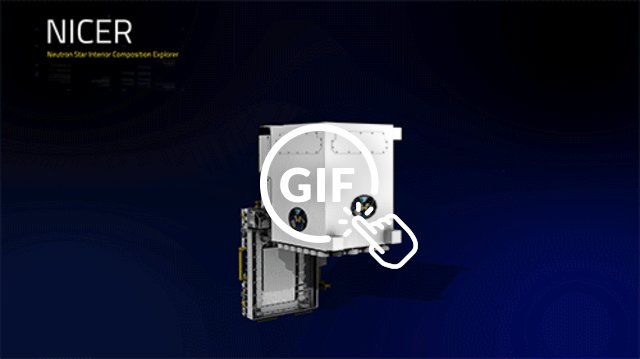

The navigation system uses x-ray light emitted from pulsars the same way global positioning systems use atomic clocks, which could eliminate the need for costly ground-based guidance systems.
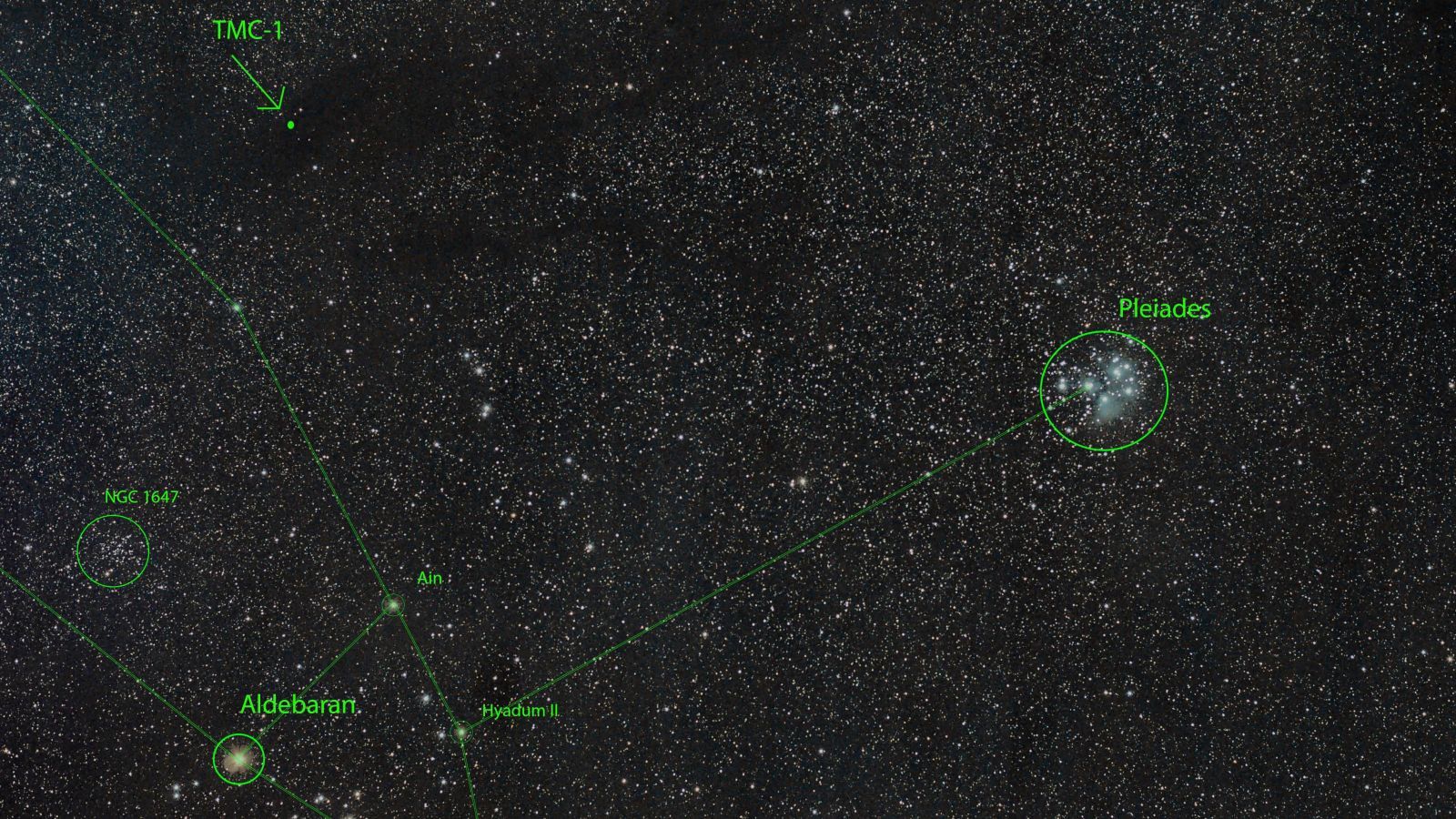
There’s an unidentified source of infrared throughout the universe. By looking at the specific wavelengths of the light, scientists think that come from carbon—but not just any carbon, a special kind where the atoms are arranged in multiple hexagonal rings. No one has been able to spot one of these multi-ring “polycyclic aromatic hydrocarbons,” or PAHs in space—even though the infrared emissions imply that these PAHs should make up 10 percent of the universe’s carbon. Now, scientists have found a new hint.
A team of researchers in the United States and Russia are now reporting spotting a special single-carbon-ring-containing molecule, called benzonitrile, with a radio telescope in a part of space called the Taurus Molecular Cloud-1. Benzonitrile only has one hexagonal ring of carbon, so it’s not a poly cyclic aromatic hydrocarbon itself. But it could be a potential precursor and could help explain the mysterious radiation.
Before you even ask, yes, this “aromatic” benzonitrile molecule has a smell. “I can tell you from personal experience it smells like almonds,” study first author Brett McGuire from the National Radio Astronomy Observatory told Gizmodo, who has encountered the molecule in the lab.
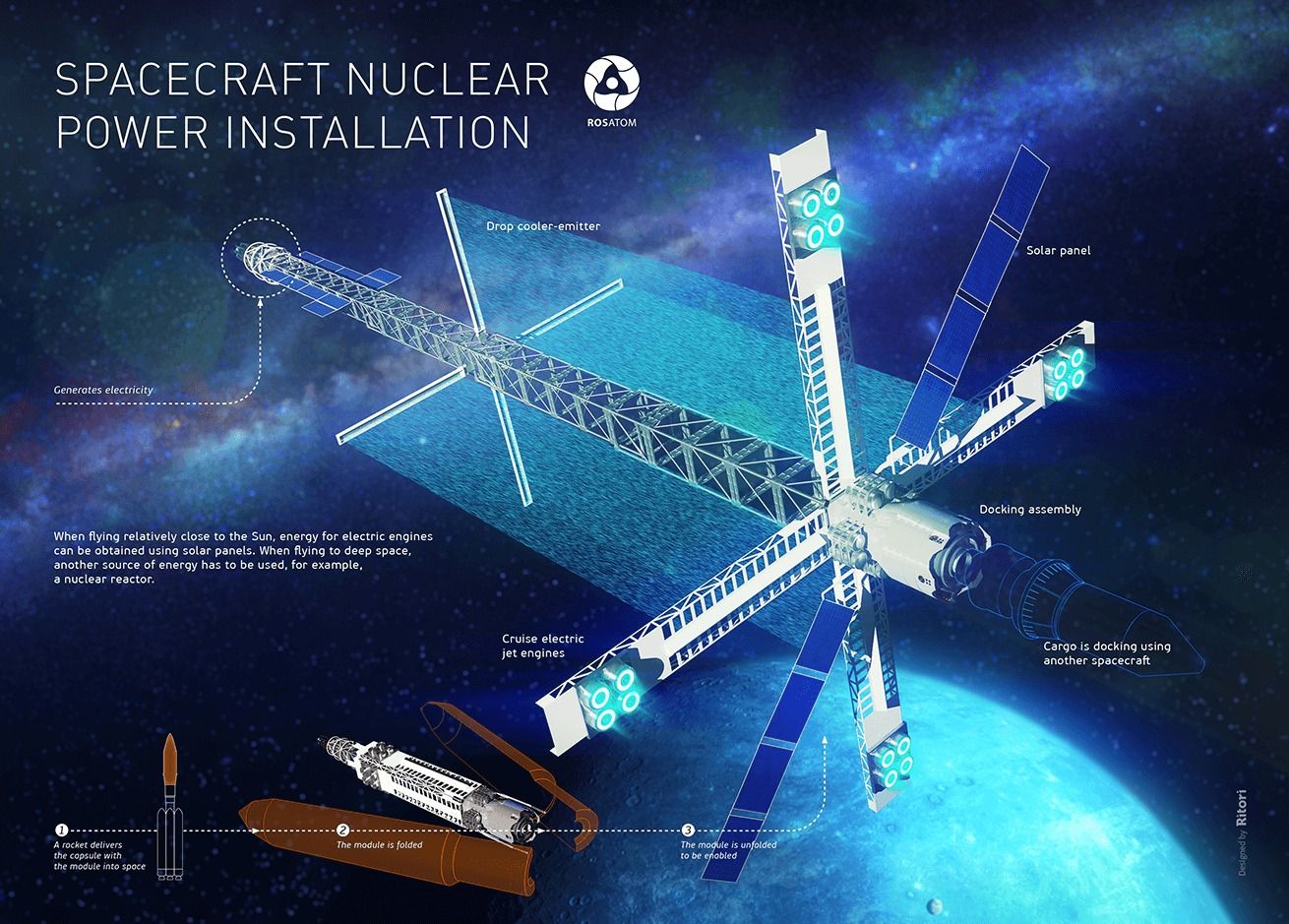
This op-ed originally appeared in the Dec. 12, 2017 of SpaceNews magazine.
America’s space program has long held a special place in the public’s imagination, but NASA missions are limited by budget constraints. NASA must use its funding wisely to implement balanced, cost-efficient programs to develop enabling technologies, such as technologies to power future NASA missions. Speaking as the former project manager of three successful missions — Voyager, Galileo, and Cassini — and the canceled Prometheus-Icy Moons Orbiter, I have a unique perspective to share.

WASHINGTON — The public’s idea of a war in space is almost entirely a product of Hollywood fantasy: Interstellar empires battling to conquer the cosmos, spaceships going head to head in pitched dogfights.
The reality of how nations will fight in space is much duller and blander. And some of the key players in these conflicts will be hackers and lawyers.
Savvy space warriors like Russia’s military already are giving us a taste of the future. They are jamming GPS navigation signals, electronically disrupting satellite communications links and sensors in space. Not quite star wars. [The Most Dangerous Space Weapons Concepts Ever].
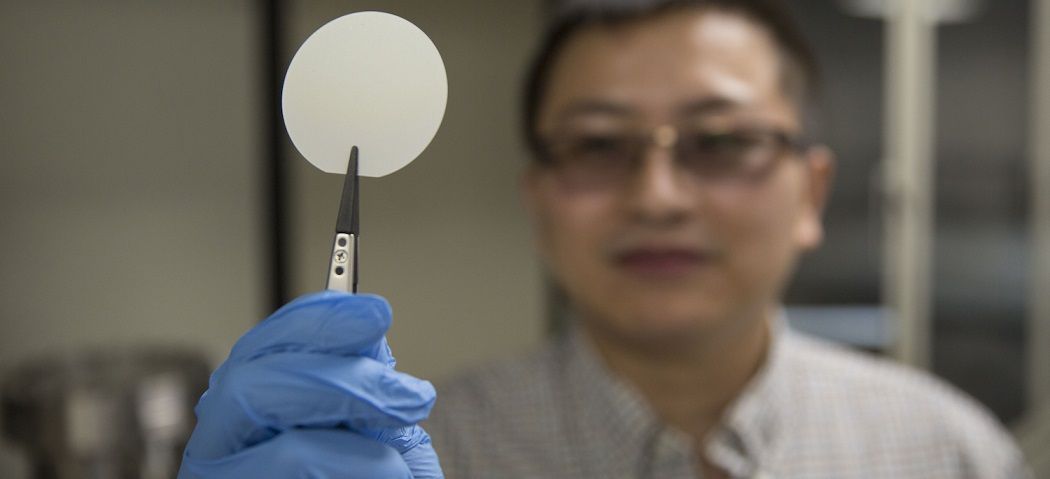
A material known as gallium nitride (GaN), poised to become the next semiconductor for power electronics, could also be essential for various space applications. Yuji Zhao, an expert in electrical and computer engineering at Arizona State University (ASU), plans to develop the first ever processor from gallium nitride, which could revolutionize future space exploration missions.
Gallium nitride is a semiconductor compound commonly used in light-emitting diodes (LEDs). The material has the ability to conduct electrons more than 1,000 times more efficiently than silicon. It outstrips silicon in speed, temperature, power handling, and is expected to replace it when silicon-based devices will reach their limits.
Besides LEDs, GaN can be used in the production of semiconductor power devices as well as RF components. Now, Yuji Zhao aims to use this material to develop a high-temperature microprocessor for space applications. He received a three-year $750,000 grant from NASA’s Hot Operating Temperature Technology (HOTTech) program for his project.
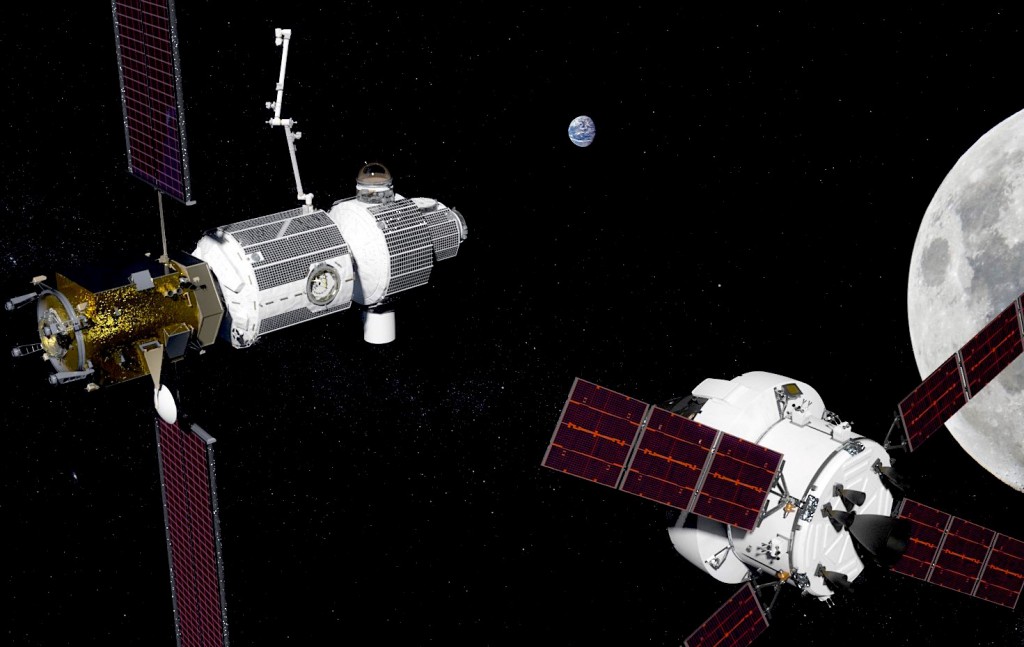
“What is the right way to do a lunar gateway, then?”

NASA is prepping for a trip to the nearby three-star Alpha Centauri system—in 2069.
That’s my kind of advanced planning.
The mission, first announced by New Scientist, would include a 44-year-long expedition to an exoplanet in search of signs of life. Assuming NASA’s Jet Propulsion Laboratory (JPL) can figure out how to travel at a tenth of the speed of light.
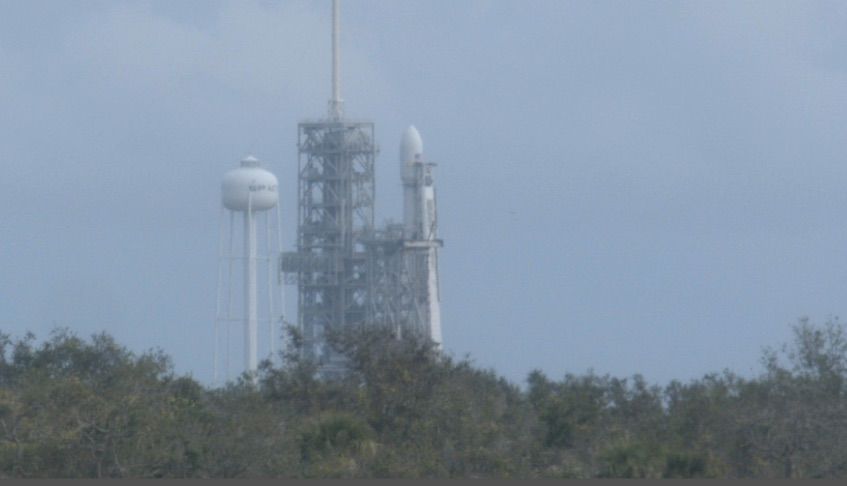
SpaceX’s first Falcon Heavy rocket, made up of two previously-flown Falcon 9 boosters and a beefed up central core stage, made the trip to launch pad 39A at NASA’s Kennedy Space Center in Florida and was raised vertical Thursday for testing ahead of its first liftoff next month.
The fully-assembled 229-foot-tall (70-meter) rocket will be the most powerful in the world when it blasts off, and Thursday’s arrival atop pad 39A marks a major step toward readying the Falcon Heavy for flight.
SpaceX engineers are expected to conduct a fit check and complete other tests at pad 39A this week, followed by a hold-down firing of all 27 first stage engines some time after New Year’s Day. The company has not set a target date for the Falcon Heavy’s first liftoff, but officials say the launch is targeted in January, some time after the hold-down hotfire test.
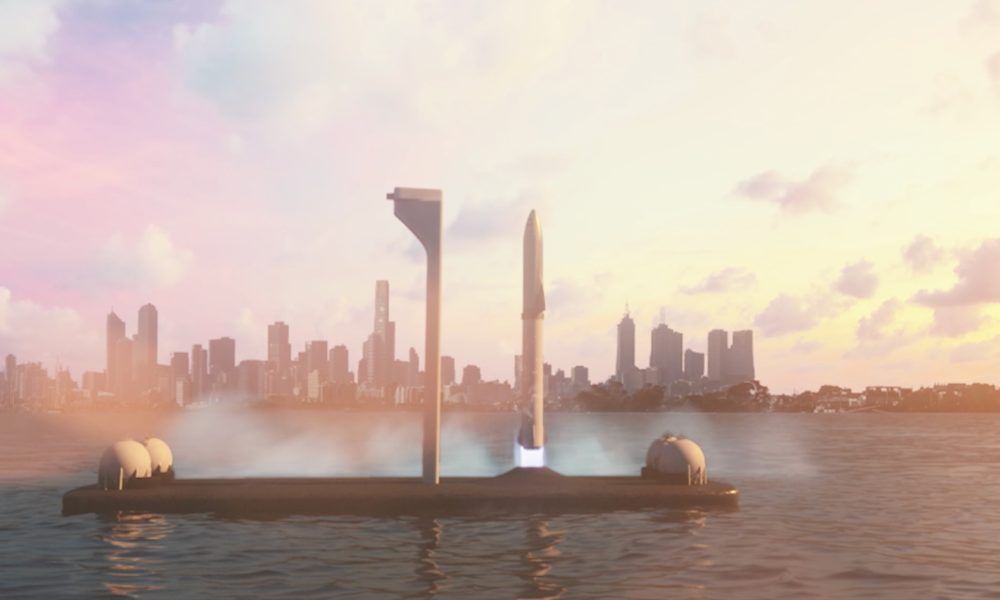
SpaceX plans to replace of all their current rockets by the early 2020s with the BFR. Tooling for the main tanks has been ordered and a facility to build the vehicles is under construction; construction of the first BFR is scheduled to begin in the second quarter of 2018. SpaceX has the aspirational goal for initial Mars-bound cargo flights of BFR launching as early as 2022, followed by the first crewed BFR flight one synodic period later, in 2024. Serious development of the BFR began in 2017.
Testing of the BFR is expected to begin with short suborbital hops of the full-scale ship, likely to just a few hundred kilometers altitude and lateral distance.
Fan-made video animation — launch & landing of SpaceX Big Falcon Rocket (BFR); created by Reddit user Hazegrayart.